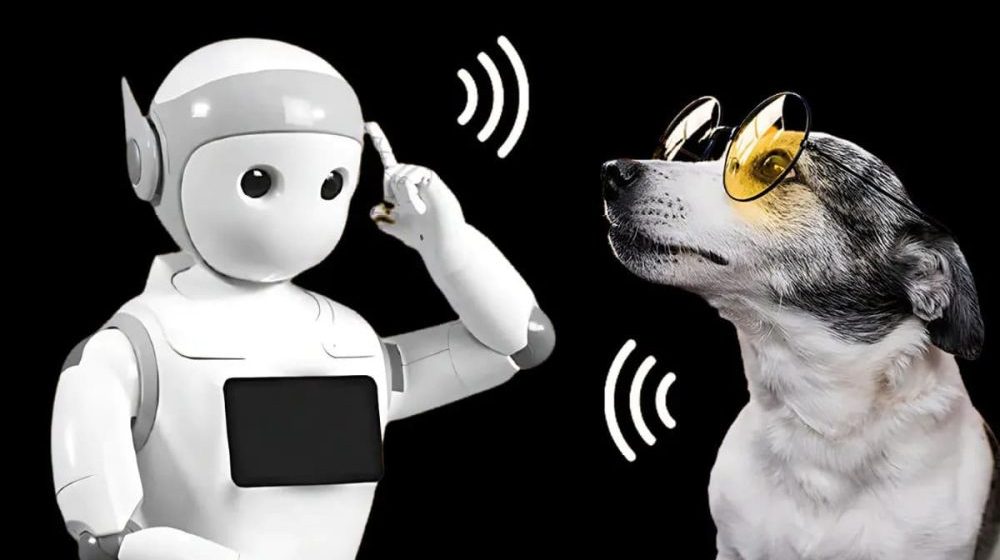The ability to communicate with animals has long been a dream for scientists and pet owners alike. Now, thanks to artificial intelligence (AI), researchers are making remarkable progress in deciphering animal emotions and pain using advanced recognition technologies.
How AI is Decoding Animal Emotions
Researchers are developing AI-driven facial recognition systems capable of analyzing subtle changes in animal expressions. This technology works by scanning key facial features—such as eye movements, ear positions, and mouth expressions—to determine whether an animal is experiencing stress, discomfort, or contentment.
One pioneering study conducted at the University of São Paulo successfully trained an AI model to detect pain in horses with an accuracy rate of 88%. The AI system was able to identify distress signals based on minor shifts in facial structure, enabling veterinarians to intervene earlier and improve animal care.
AI and Vocalization Analysis: A New Way to “Talk” to Animals
Beyond facial expressions, AI is also being used to analyze animal vocalizations. European scientists have developed an algorithm that deciphers pig grunts and oinks, distinguishing between positive and negative emotions. Farmers can now use this AI tool to monitor herd well-being and address potential stress factors before they escalate.
Real-World Applications in Animal Welfare
- Farm Animal Monitoring: AI-powered systems, like the Intellipig Project, help farmers track the health and emotional state of their livestock, reducing illness and unnecessary suffering.
- Pet Care Technology: AI-driven apps and smart collars are being designed to interpret dogs’ and cats’ emotions, enhancing the way pet owners care for their animals.
- Veterinary Medicine: AI-assisted diagnostics are improving the ability to detect chronic pain in animals, allowing for more precise treatment plans.
The Future of AI in Animal Communication
As AI technology advances, experts predict that future systems could translate complex animal behaviors into human-understandable language, bridging the communication gap between species. This could lead to groundbreaking innovations in wildlife conservation, pet care, and veterinary science.
Conclusion
AI is revolutionizing our understanding of animal emotions and pain, paving the way for improved animal welfare worldwide. With ongoing research and technological enhancements, the dream of truly understanding animals may soon become a reality.



Comments (0)
No comments yet. Be the first to comment!
Leave a Comment